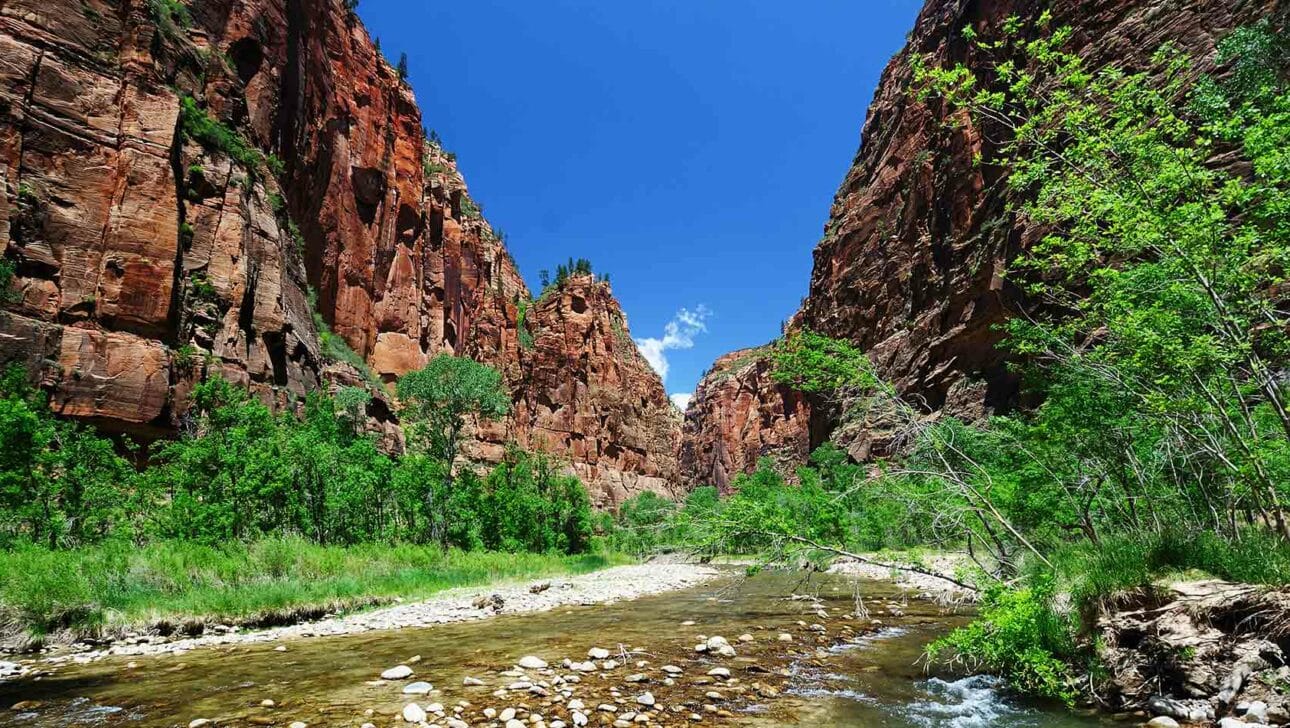National Park Statistics in Honor of the 100-Year Anniversary
It officially began in 1872, when Yellowstone became the world’s first national park, followed by the establishment of the National Park Service in 1916 to care for and protect the land. Today, the national park statistics reveal a vast aray of land, species and mementos for the whole family to enjoy. Comprised of 410 sites and more than 84 million acres, the National Park System (NPS) has an awful lot to offer. You could spend many a family vacation exploring the 18,000 trails throughout our country’s park system.
The NPS protects at least 247 species of threatened or endangered plants and animals. And more than 75,000 archeological sites, including nearly 27,000 historic and prehistoric structures. There are over 167 million museum items, including George Washington’s inaugural coat.
It’s no wonder so many people visit the parks with so much to see and do. Rangers didn’t start keeping attendance records until 1904; 120,000 visits to America’s 11 national parks occurred that year. In 2015 alone, a record-breaking 307.2 million people visited a NPS visitor center and/or contact station! Here’s the lowdown on a few of our favorites:
Bryce Canyon National Park, Utah
Established: 1928 with 21,997 people visiting in the following year; more than 1.7 million visitors in 2015
Size: 56.2 square miles consisting of crimson colored hoodoos, or spire-shaped rock formations.
Wildlife: View over 100 species of birds and more than 1000 plant species. Rocky Mountain elk, Utah prairie dogs and North American porcupines are just some of the dozens of mammals.
Must see: Bryce Amphitheatre is a hoodoo-filled depression lying below the Rim Trail hiking path.
Grand Canyon National Park, Arizona
Established: In 1919, when it received 37,745 visitors; more than five million visitors in 2015
Size: 1,902 square miles; more than 1.2 million acres
Wildlife: You’ll see over 1,737 known species of vascular plants and 167 species of fungi alone. With more than 90 species of mammals, this park is home to Bighorn sheep, canyon bats, elk, mountain lions, mule deer, raccoons, coyotes and more. Yet, the most dangerous animal in the park is the rock squirrel because every year, dozens of visitors are bitten when they try to feed them. (So don’t!)
Must see: The Canyon, sliced by the Colorado River, is enormous. For its entire 277 miles, it averages 4000 feet deep. At its deepest point: 6,000 feet. At its widest: 18 miles.
Established: 1919 when it saw a mere 1814 visitors; 3.6 million visitors in 2015
Size: 229.1 square miles
Wildlife: It protects 8 species of fish, 44 kinds of reptiles and amphibians, 78 mammals and 291 species of birds. It’s also a critical habitat for the Mexican spotted owl, classified as threatened on the federal level. Petite kangaroo rats, bighorn sheep, mule deer, foxes, rocks squirrels and more are some of the mammals you may bump into at Zion National Park. There are more than 900 kinds of plants, too. From soaring firs and cottonwoods to prickly pears and yucca, it’s a feast for the eyes.
Must see: 2,000-foot Navajo Sandstone cliffs, slopes adorned with pine and juniper trees, waterfalls and vibrant hanging gardens.
The National Park Service turns 100 on August 25th. Here’s to 100 more years of safeguarding America’s precious landscape!




